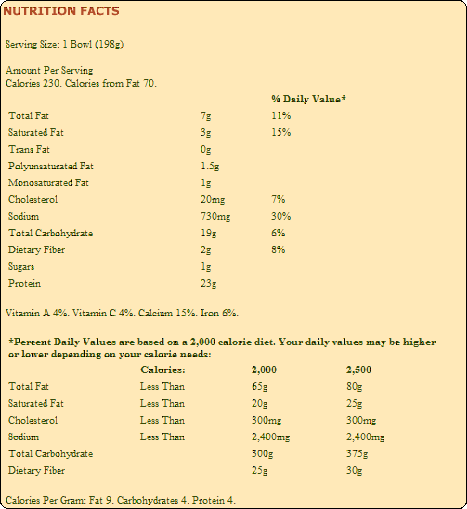I really like the title to this article *grins*. So I thought I'd share! It has some great info in it!
Drink a Little Wine, Live a Little LongerTHURSDAY, April 30 (HealthDay News) -- Men who regularly drank up to a half a glass of wine each day boosted their life expectancy by five years, Dutch researchers report.
Light, long-term alcohol consumption of all types of beverages, whether wine, spirits or beer, increased life by 2.5 years among men compared with abstention, the researchers found. By "light," they meant up to 20 grams, or about 0.7 ounces a day.
While numerous other studies have found similar benefits, study author Martinette Streppel, of the division of human nutrition at Wageningen University in the Netherlands, said 40 years of follow-up is noteworthy for many reasons.
"The main strength of our study was the collection of detailed information on the consumption of different alcohol beverages at each of seven measurement rounds," Streppel said.
The long-term, regular follow-up, Streppel added, enabled the researchers to study the effect of long-term alcohol intake on mortality.
The study is published online in April in the Journal of Epidemiology and Community Health.
The Dutch researchers evaluated 1,373 men, all part of the Zutphen Study, started in 1960 and named for an industrial town in the Netherlands. The researchers followed them from 1960 to 2000, tracking weight, diet, cigarette smoking, the diagnosis of serious illness and other data, along with their drinking habits.
Over the follow-up period, 1,130 of the men died, half from cardiovascular disease.
The proportion of men who drank alcohol nearly doubled from 45 percent of the men in 1960 to 86 percent in 2000. Those drinking wine rose even more dramatically -- from just 2 percent to 44 percent.
The findings in more detail:
- All long-term light alcohol drinking boosted life expectancy by about 2.5 years in comparison to abstainers. Drinking more than 0.7 ounces a day extended life expectancy by nearly two years compared with nondrinkers.
- Wine drinkers who averaged just 0.7 ounces a day had a 2.5 year-longer life expectancy at age 50 compared to those who drank beer or spirits. And their life expectancy was nearly five years longer than nondrinkers.
- Drinking moderately was linked with lower death risk, and drinking wine was strongly linked with a lower risk of dying from heart disease, stroke or other causes.
Streppel couldn't say if the findings apply to women, but suspects the polyphenolic compounds found in wine, especially red wine, produce the heart-healthy effects.
The study adds to the literature of the health benefits of alcohol, but has both strengths and weaknesses, said Dr. Arthur Klatsky, a long-time investigator on the health benefits of alcohol.
"Once again, it shows that people who drink [moderately] do a lot better than people who don't in terms of survival," he said.
However, as with other research, Klatsky wondered if it's the pattern of drinking or something related to the wine drinking -- such as wine drinkers being more likely to exercise or eat a healthy diet -- that is the real link.
In the new Dutch study, he says, alcohol from spirits contributes the most to the total alcohol intake, more than wine or beer.
"It's a little hard to think that a little bit of wine is what is responsible for extending their life," Klatsky said.
The finding, like similar ones, applies more to middle-aged people than younger ones, he said. "People over 50 are the ones most likely to have health benefits from light drinking anyways."
Much more important in reducing heart disease risk, he said, is not smoking, exercising regularly, eating healthfully and maintaining a healthy weight.






